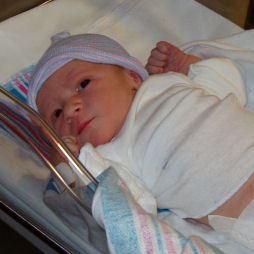
Simviation Forums
Flight Simulator and other chat

As an aside...
An I-400 and I-401 were captured at sea a week after the Japanese surrendered in 1945. Their mission - which was never completed - reportedly was to use the aircraft to drop rats and insects infected with bubonic plague, cholera, typhus and other diseases on U.S. cities.

Monstrous vessels (with a submerged displacement in the order of 6000tons, a crew of, apparently 180-odd men, and...well, .....that hangar could take a London or New York subway train...!) they were true submersible aircraft carriers, each being equipped with three Aichi M61A "Seiran" floatplane attack bombers.
In this painting I have chosen to illustrate the "final act" of the Japanese submarine service in World War Two - truly, the war is over - it is late August 1945 and Japan has surrendered; in a very short time that Japanese Naval Ensign will be lowered and replaced with a simple black flag, signifying surrender to the U.S. Navy.
But before this took place, the crews of I400, I401 and I402 carried out one small, bloodless gesture of defiance. They catapulted their aircraft into the sea.
Here, on the deck of I401, we can see a Seiran being prepared for launching, whilst sailors armed with sledgehammers are busy knocking holes into the floats of the aircraft before pitching them over the side.













Reminds me of stories I heard about an Allied (!) plan to release bats with incendiary packs over cities during WWII. The idea was that they'd roost in old belfries and whatnot, and a timer would set off the pack... can't remember where I heard that, but it could have been a real plan at one time.



wouldnt surprise me, they came up with some crazy ideas back then







Not before the test bats had been released, and returned to the base they were released from... The results are obvious.



Users browsing this forum: No registered users and 169 guests